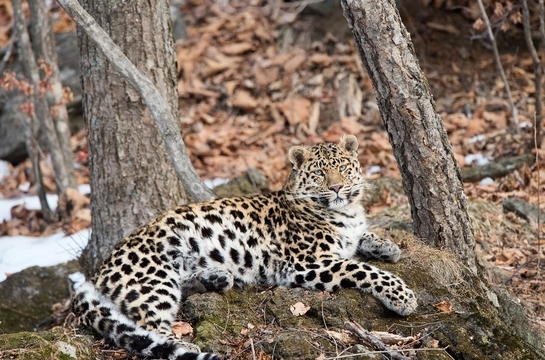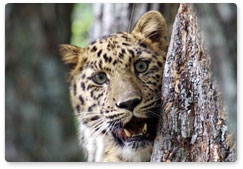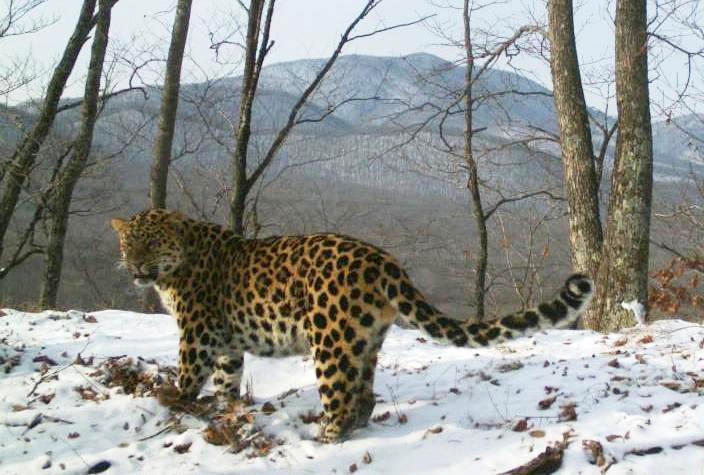Canine Distemper Virus Threatens the Far Eastern Leopard
Russian Far East
The Far Eastern or Amur leopard (Panthera pardus orientalis), already among rarest of the world’s big cats, has now been found to face another threat: infection with canine distemper virus (CDV). In spring 2015, a young female leopard was reported along a road that runs through the remaining habitat occupied by the last wild population, in the Russian Far East, along the border with China. Her behavior resembled that of wild tigers that have been diagnosed with CDV, with loss of awareness and fear; signs of a severe neurological disease. She was taken into care by veterinarians with the Land of the Leopard National Park, but her condition deteriorated and the decision was ultimately made to euthanize her for humane reasons.
The first case ever recorded in wild leopards
Her diagnosis was made by a team of vets and pathologists from a range of institutions, working cooperatively around the globe. Vets collaborated across seven Russian times zones, from Vladivostok to Moscow, and beyond to New York, and to Scotland, where I was in the thick of my own research on distemper in tigers. Together our team overcame restrictions in samples export, talking by skype and by email; sharing high resolution images of microscopy slides, and genetic data. The results were unequivocal: infection with CDV, the first case ever recorded in a wild leopard, and importantly, in one of the most highly threatened cat populations on the planet.
The increased threat of extinction
As landscapes become increasingly dominated by humans, carnivores are forced into ever smaller and more fragmented islands of habitat. In survival terms, there is safety in numbers, and these isolated populations face new threats, as chance effects of genetics, climate and disease can nudge these last populations into extinction. Conservationists rightly focuses on securing and reconnecting these last pockets, but until current trends are reversed, we can expect that the effects of disease will become more evident. Tackling this growing threat will require us to pool our resources and work together more than we ever have before. In that sense, maybe the case of this leopard has a silver lining, in demonstrating just how valuable this type of international collaboration can be.
More details of the leopard case can be found in the latest issue of the Journal of Wildlife Diseases: Canine Distemper Virus in a Wild Far Eastern Leopard Panthera pardus orientalis
Martin Gilbert is actively fundraising to support field studies to address gaps in our understanding of wild carnivore ecology and disease threats, which are critical to effective conservation.
For further information:



